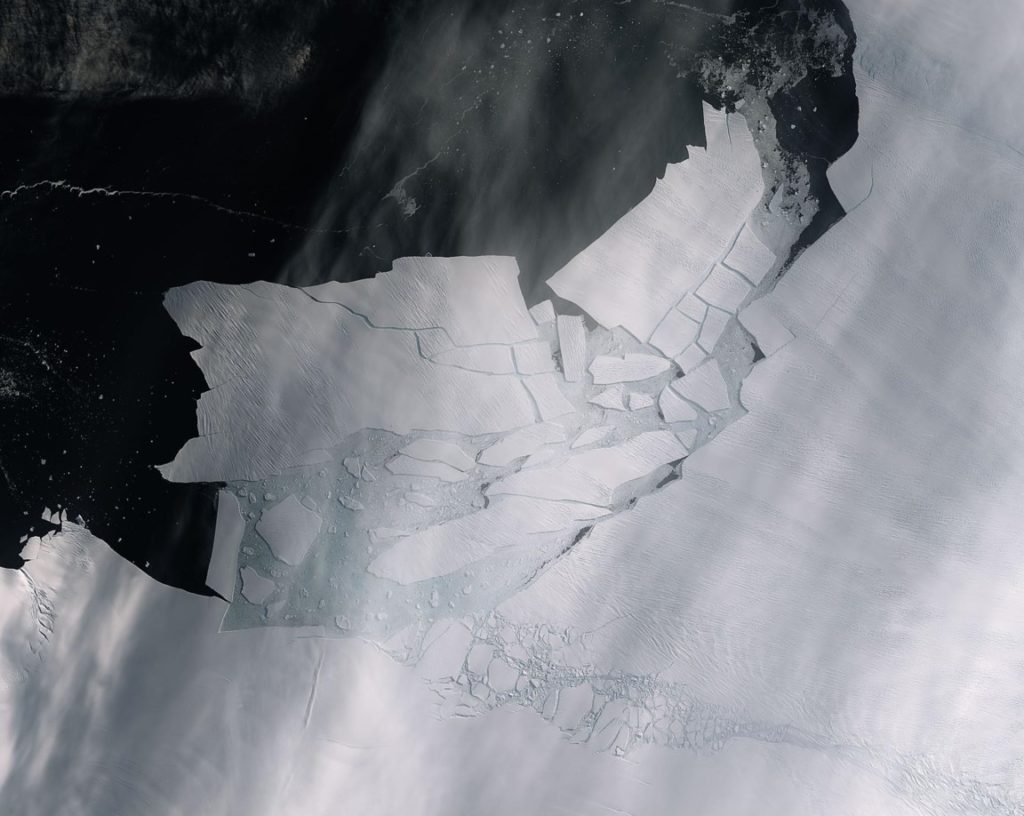Commitments thus far by States party to the Paris Agreement on climate change fall far short of the goal of limiting global warming to 1.5°C, the United Nations warned on Friday in an assessment report.
The report, released ahead of the 26th UN Conference on Climate Change (COP26) to be held in Glasgow, Scotland, in six weeks’ time, "shows that the world is on a catastrophic pathway to 2.7°C of heating," UN Secretary-General Antonio Guterres said.
The goal of the 2015 Paris Agreement is to keep global warming under +2°C compared to pre-industrial levels and, if possible, under +1.5°C. "Failure to meet this goal will be measured in the massive loss of lives and livelihoods," Guterres warned, urging all governments to come up with more ambitious commitments.
Under the Agreement, each country should have revised its "nationally determined contribution" (NDC) by the end of 2020. However, up to 30 July 2021, only 113 countries – accounting for less than half (49%) of global greenhouse gas emissions - had submitted their revised contributions.
The revised commitments of this group of 113 countries, which include the United States and the European Union’s 27 members, would reduce their emissions by 12% compared to 2010 levels.
However, despite this "glimmer of hope," the overall picture remains bleak, according to the Executive Secretary of the UN Framework Convention on Climate Change (UNFCCC), Patricia Espinosa, who warned that, generally, greenhouse gas emission figures are "heading in the wrong direction."
If the 191 States party to the Paris Agreement were to deliver on their current NDCs, whether these have been revised or not, emissions would increase by 16% by 2030 compared to 2010, whereas they need to be reduced by 40% by 2030 to remain on target for keeping the global rise in temperature under 1.5°C or by 25% to keep it under 2°C.
The 16% increase could cause global temperatures to rise by about 2.7°C by the end of the century, and each fraction of a degree of additional heat multiplies the dramatic consequences of global warming, the UN notes.
The latest report of the Intergovernmental Panel on Climate Change (IPCC), published in August, warns that the 1.5°C threshold could be reached by 2030, 10 years earlier than originally estimated, which would expose the world’s people to new, unprecedented disasters.
Without action from all countries, and particularly the world’s biggest economies, the efforts risk being in vain, COP26 chair Alok Sharma commented.
Much of the attention is focused on China, which accounts for over a quarter of global CO2 emissions. President Xi Jinping announced a year ago that his country’s goal was carbon neutrality by 2060 and a peak in emissions around 2030, but its NDC has not been revised.
However, beyond China, the entire Group of 20 most industrialised countries is under fire from climate defenders.
"These are the countries with the greatest capacity and responsibility, and it's well past time they step up and treat this crisis like a crisis," the Chair of the Group of Least Developed Countries, Sonam P. Wangdi commented.
"They are the countries which have caused this crisis and yet are failing to show the leadership required to lead us out of this mess," said Mohamed Adow, of the Power Shift Africa think tank.
The responsibility of the world’s major economies is one of the most contentious issues on the climate-diplomacy front, and so is financial aid.
The countries of the North made a commitment in 2009 to increase climate assistance to the countries of the South to 100 billion dollars per year by 2020.
According to figures released on Friday by the Organisation for Economic Cooperation and Development (OECD), such assistance amounted to 79.6 billion dollars in 2019.
The Brussels Times

